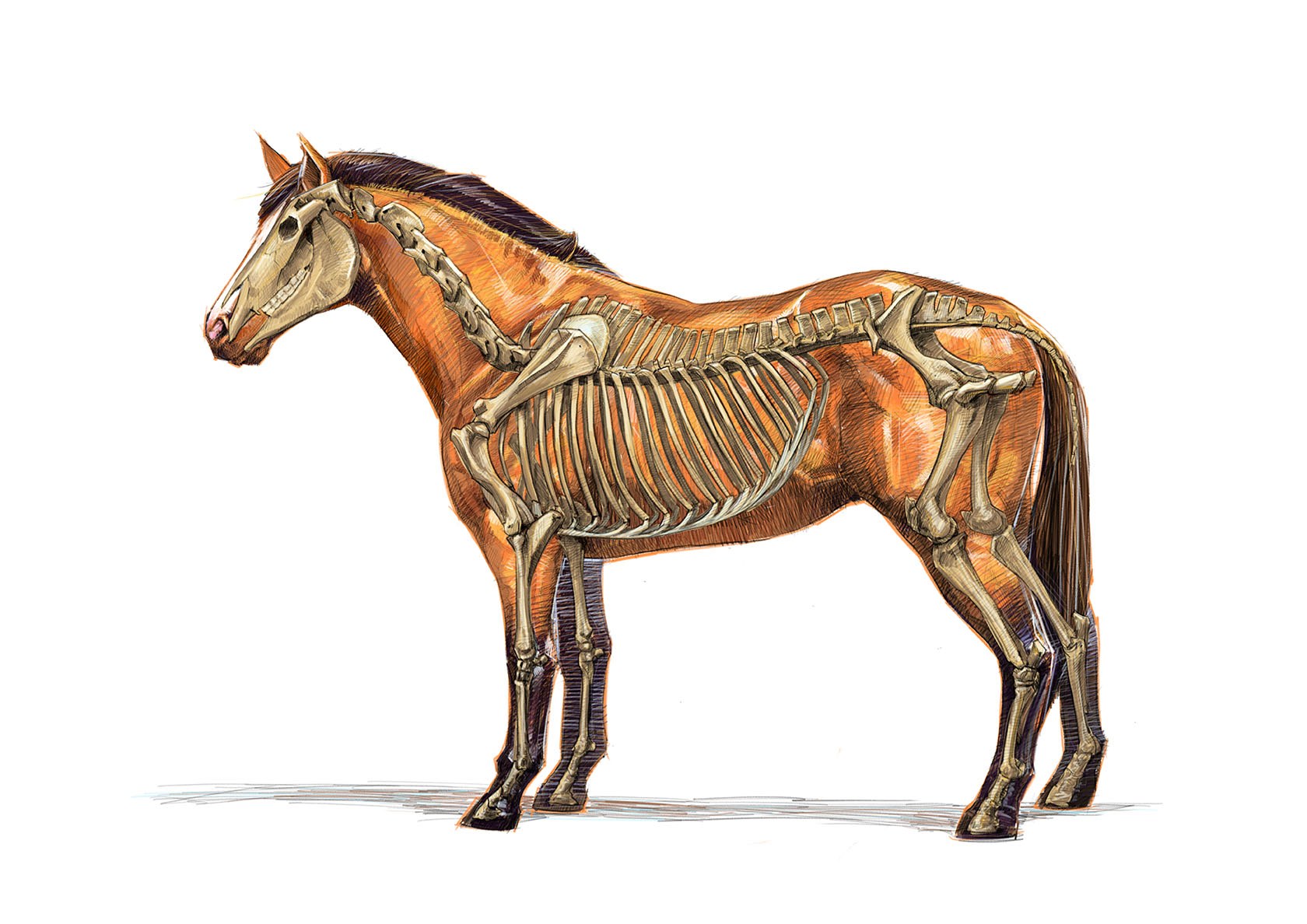
< Back
endoskeleton
Definition
An endoskeleton is a rigid internal framework that supports and protects the soft tissues of an organism. It is made up of bones and cartilage, and it is found in many different animals, including humans, fish, birds, and reptiles.
The main function of an endoskeleton is to provide support for the body. It also helps to protect the internal organs from injury. Additionally, the endoskeleton allows for movement by providing a framework for muscles to attach to.
Endoskeletons are classified into two main types: axial and appendicular. The axial skeleton consists of the skull, spine, and ribs. The appendicular skeleton consists of the limbs and girdles that attach them to the axial skeleton.
The bones of the endoskeleton are held together by a system of ligaments and tendons. Ligaments are tough bands of tissue that connect bones to each other. Tendons are tough bands of tissue that connect muscles to bones.
The endoskeleton is a dynamic structure that is constantly being remodeled. This process is called bone remodeling. Bone remodeling is necessary to maintain the strength and flexibility of the skeleton.
How can the word be used?
The endoskeleton of a bird is made up of bone and cartilage.

Different forms of the word
Noun: endoskeleton, internal skeleton.
Adjective: endoskeletal.
Verb: to endoskeletalize.
Synonyms: internal skeleton, internal framework.
Antonyms: exoskeleton, external skeleton.
Etymology
The word "endoskeleton" comes from the Greek words éndos (within) and skeletos (skeleton). The word éndos means "within" or "inner", and the word skeletos means "dried up" or "skeleton".
Question
What animals are endoskeletons?
AQA Science Exam Question and Answer
Question:
Explain the concept of an endoskeleton and its significance in vertebrate animals. Describe the structure and function of an endoskeleton, highlighting its role in providing support, protection, and facilitating movement. Provide examples of vertebrate animals with endoskeletons and how their skeletal adaptations have contributed to their evolutionary success.
Answer:
An endoskeleton is an internal framework made up of bones or cartilage found in vertebrate animals. It serves as a structural support system for the body, providing protection for vital organs and enabling movement. Unlike exoskeletons, which are external coverings, endoskeletons grow with the organism and allow for greater flexibility and size.
In vertebrates, such as humans, fish, birds, and mammals, the endoskeleton consists of a backbone (vertebral column), rib cage, and limb bones. These elements support the body's weight, protect delicate organs like the brain and lungs, and provide attachment points for muscles, enabling movement and locomotion.
Endoskeletons have been a critical factor in vertebrates' evolutionary success, allowing for adaptations to various environments. For instance, birds' lightweight and hollow bones aid in flight, while whales' robust and streamlined bones support their marine lifestyle. The versatility and adaptability of endoskeletons have played a crucial role in vertebrate animals' ability to thrive and diversify across different habitats and evolutionary histories.